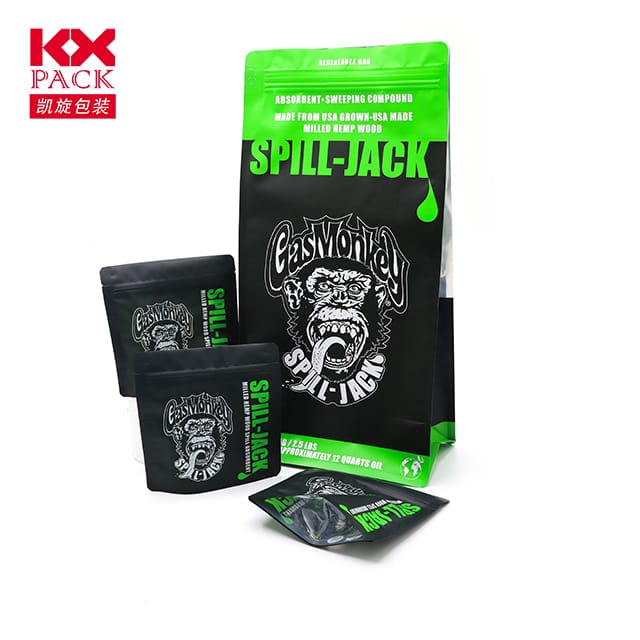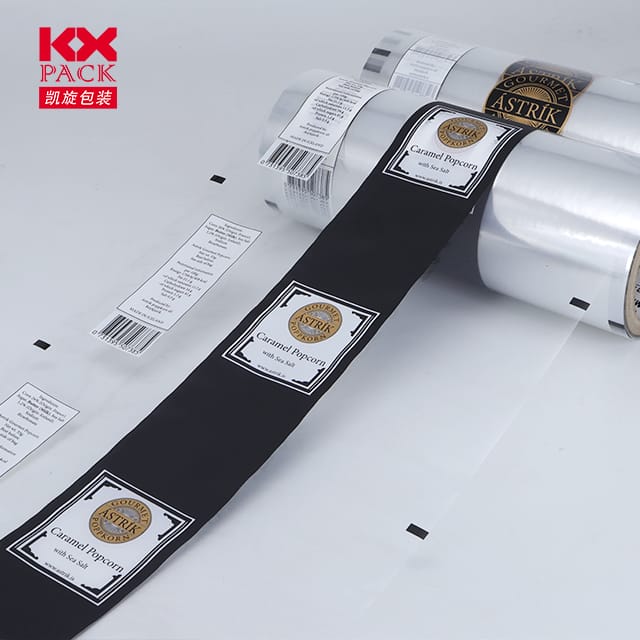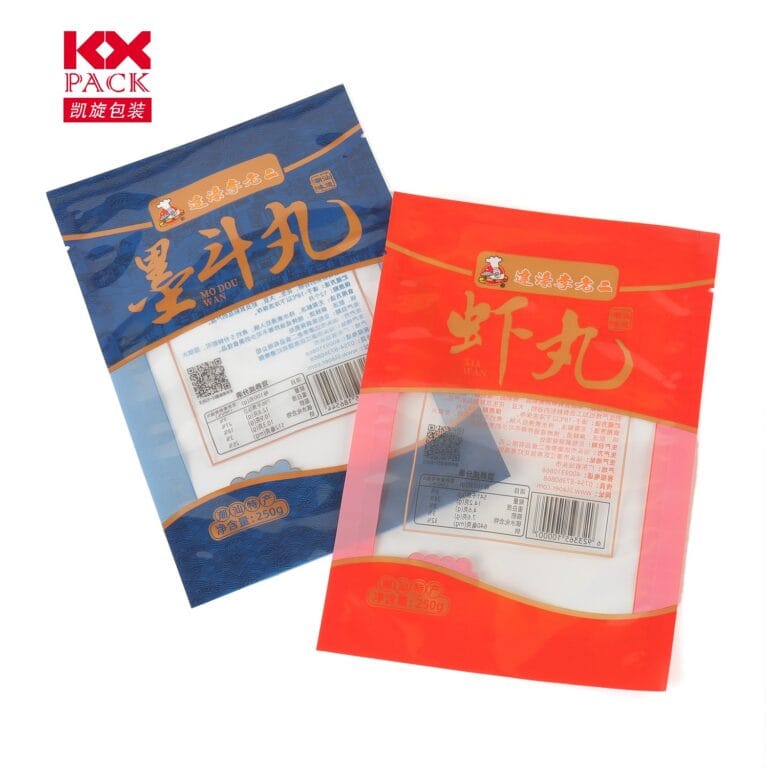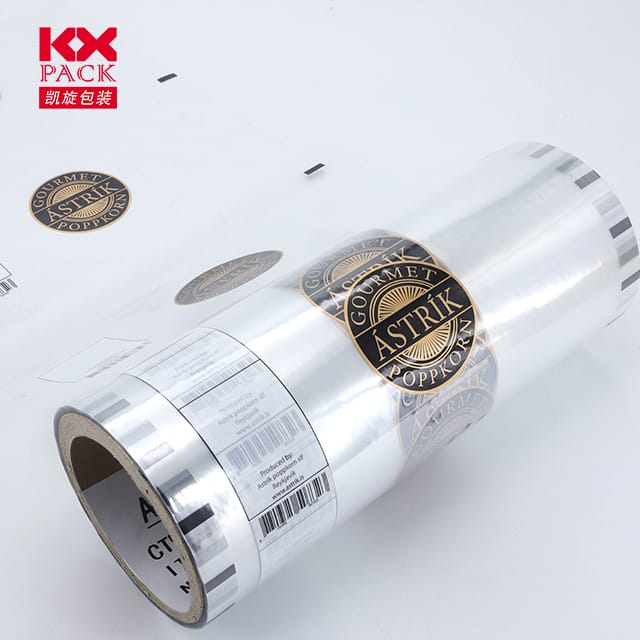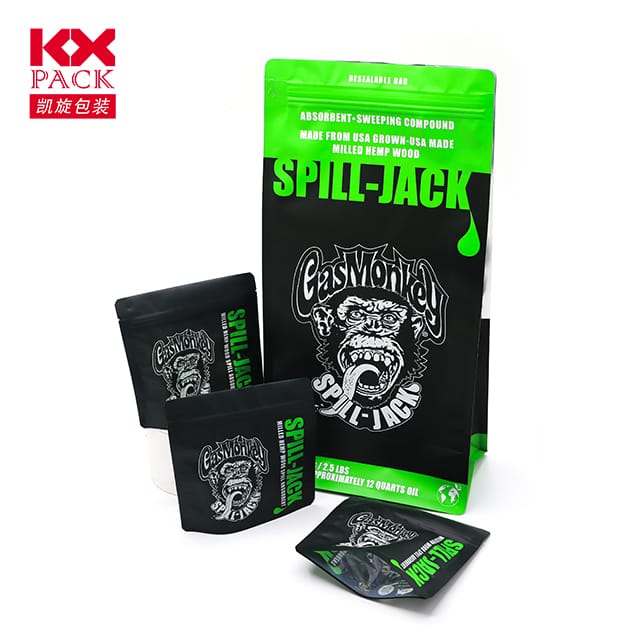Эволюция и будущее пластиковых пленок для упаковки: Баланс инноваций и устойчивости
Plastic Films for Packaging
In the dynamic landscape of modern packaging, Plastic Films for Packaging have emerged as indispensable materials, Революционизация отраслей промышленности от продуктов питания и фармацевтических препаратов до сельского хозяйства и строительства. Их легкий, прочный, и рентабельный характер сделал их краеугольным камнем глобальных цепочек поставок. Однако, Поскольку экологические проблемы усиливаются, Упаковочный сектор сталкивается с критической проблемой: reconciling the functional benefits of plastic films with the urgent need for sustainability.
1. The Versatility of Plastic Films in Packaging
Plastic films, включаяполиэтилен (ЧП), полипропилен (ПП), полиэстер (ДОМАШНИЙ ПИТОМЕЦ), and polyamide (А), dominate the packaging market due to their unique properties:
- PE Films: Known for flexibility and moisture resistance, LDPE (low-density polyethylene) is widely used in shopping bags and agricultural mulch, while HDPE (high-density polyethylene) excels in heavy-duty applications like garbage bags.
- PP Films: With excellent chemical resistance and heat sealability, Бопп (biaxially oriented polypropylene) is a staple in snack packaging and labels.
- PET Films: Celebrated for their transparency and barrier properties, PET films are critical for preserving food freshness and protecting electronics.
- Barrier-Enhanced Films: Инновации вроде silicon oxide-coated PET или multi-layer composites (НАПРИМЕР., ПЭТ/АЛ/ПЭ) offer superior gas and moisture barriers, extending shelf life for perishables like coffee and meat.(Plastic Films for Packaging)
These materials not only safeguard products but also enable efficient logistics through their lightweight design, reducing fuel consumption during transportation.
2. The Environmental Imperative: Rethinking Plastic Films
Despite their advantages, traditional plastic films pose significant environmental risks. Одноразовый пластик, particularly in e-commerce and fast food, contribute to marine pollution и microplastic contamination. Reports estimate that by 2030, global plastic consumption could exceed 7 billion tons annually, with a staggering 50% ending up in landfills or ecosystems.(Plastic Films for Packaging)
Key challenges include:
- Non-Biodegradability: Conventional plastics persist for centuries, Нанесение вреда дикой природе и экосистемам.
- Утилизация препятствий: Multi-layer composites (НАПРИМЕР., ПЭТ/АЛ/ПЭ) are difficult to recycle, often ending up in incinerators or landfills.
- Regulatory Pressure: Governments worldwide are imposing bans or taxes on single-use plastics, urging industries to adopt alternatives.(Plastic Films for Packaging)
3. Innovations Driving Sustainability
To address these challenges, the packaging industry is investing ineco-friendly solutions:
- Биоразлагаемые и компостируемые пленки: Materials like Плата (Полилактановая кислота), derived from renewable resources, decompose within months under industrial composting conditions.(Plastic Films for Packaging)
- Утилизируемые мономатериалы: Достижения в mono-material PP or PE films simplify recycling by eliminating incompatible layers.
- Barrier Coatings from Renewable Sources: Water-based coatings or nanocellulose layers reduce reliance on petroleum-based barriers.
- Умные фильмы: UV-activated, oxygen-sensitive films enhance product safety while minimizing waste.
4. Дорога впереди: A Call for Collaboration
Achieving a sustainable future for plastic films requires amulti-stakeholder approach:
- Промышленность: Prioritize R&D into circular materials and design for recyclability.
- Потребители: Embrace reusable packaging and support brands committed to sustainability.
- Правительства: Enforce strict eco-design standards and invest in recycling infrastructure.
- Innovators: Explore alternatives like bamboo-based composites или edible films for niche applications.
Заключение: Striking a Balance
Plastic films for packaging remain irreplaceable in safeguarding products and reducing waste in supply chains. Однако, their future hinges on innovation and responsible stewardship. Принимая биоразлагаемые материалы, recyclable designs, and circular economy principles, the industry can mitigate environmental impact while continuing to meet global demand.
As consumers and businesses increasingly prioritize sustainability, the evolution of plastic films will be a testament to human ingenuity—proving that progress and environmental care can go hand in hand.
What are your thoughts on the future of plastic packaging? Поделитесь своим пониманием в комментариях ниже! 🌍📦💡

